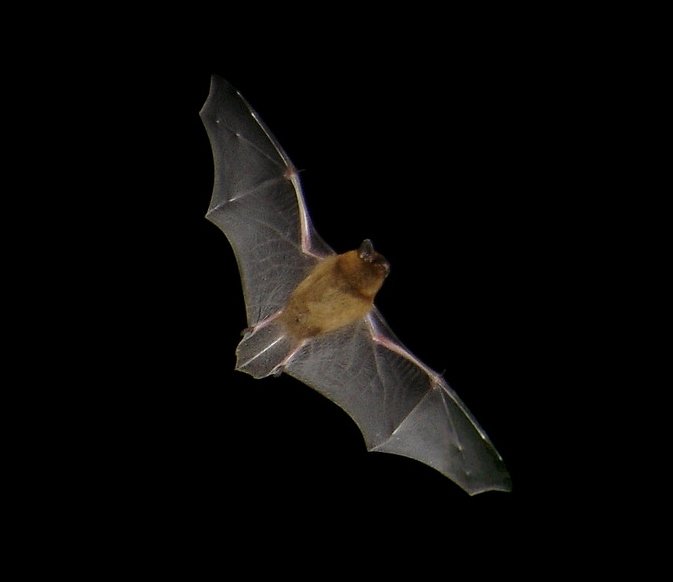Objectives
Assess the spatial and temporal variations in the abundance of common bat populations.
Specific actions
Standardized counts of common bats

 Project created
Project created
 Mainland France
Mainland France
Type of project : Field
Participation period : Spring/summer
Level of involvement : Case by case
Project description
This observatory is part of the Vigie Nature network.
The protocol we developed is based on listening to and recording the ultrasonic sounds made by bats. These calls are a sort of acoustic signature specific to each species. Bats use them to help them navigate and to detect their prey when flying at night and when hunting. They also use these ultrasonic calls to communicate with and recognize other bats. The boundary between ultrasonic sounds emitted for echolocation and those used for inter-individual communication is rather blurred: by simply emitting an echolocation call, a bat is sending a signal to other bats and informing them of its identity, activity and availability of prey.
However, communication signals are generally longer and more complex. The chosen observation method (time-expansion detector recording) is based on converting ultrasonic sounds into sounds that are audible to the human ear. This conversion preserves the sound characteristics of the original signal and allows for computer analysis of the sonograms (graphs used to visualize sound). This approach makes it possible to limit observer effects and, most importantly, conduct retrospective analyses. The study of bats is relatively recent and there is still much to learn about these species. In the early nineties, scientists discovered that bats known as the common pipistrelle, one of the most widespread species in Europe, were actually two different species, each emitting calls with different ultrasonic frequency ranges. There are three versions of the protocol: one by car, one on foot and a third using recordings from fixed points.
Co-managers
Yves Bas
Post-doc
Muséum national d’Histoire naturelle (MNHN)
CESCO

Yves Bas
Jean-François Julien
CR CNRS
Muséum national d’Histoire naturelle (MNHN)
CESCO

Jean-François Julien
Christian KERBIRIOU
Maître de conférences au Muséum national d’Histoire naturelle – Sorbonne Université - Responsable .scientifique Vigie-Chiro & Plages vivantes
Sorbonne University
Centre d’Écologie et des Sciences de la Conservation (CESCO)

Christian KERBIRIOU
Julie Marmet
Ingénieur
Muséum national d’Histoire naturelle (MNHN)
CESCO



